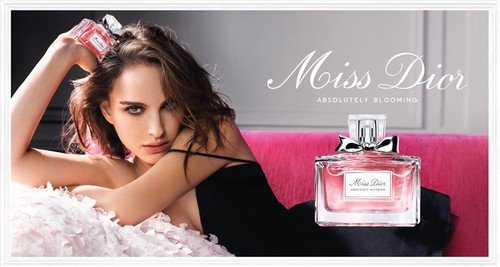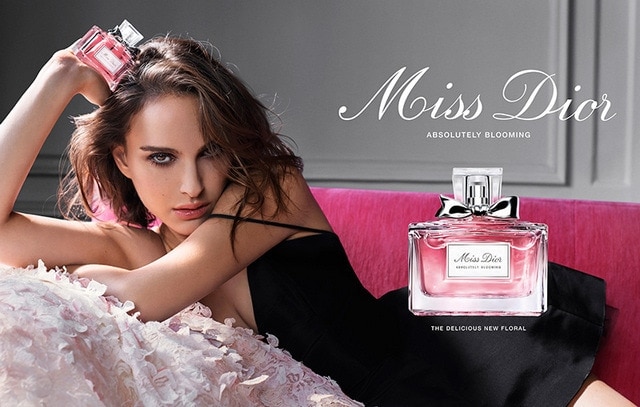Dior is one of the premium brands of the group Christian Dior which has generated 1043 Euros revenue in the Calendar year 2016 where it earned 971 Euros from Retail & other activities, 56 Euros from Wholesale activities, and 5 from License Royalties.
Table of Contents
Strength in the SWOT Analysis of Dior :
1) Strong Branding :
The brand’s visibility among its target customers and its social media presence have helped the company in increasing its brand equity as well as a share of heart by further associating itself with brand ambassadors such as Rihanna, Johnny Depp, Natalie Portman and much more over the years.
2) Parent company :
Dior is the brand from the Christan Dior, a French luxury company which owns brands like LVMH, Watch & jewelry brands like Tag Heuer, Hublot, Zenith, De beers, Bvlgari Christian Dior and brands in product categories Wines & Spirits, Fashion & leather goods, Perfumes & cosmetics etc.
3) Broad Product portfolio:
The offerings of the company is the one-stop destination for fashion enthusiasts as it has offerings for Men, Women and baby care in the categories such as Fragrance, make-up, skincare, clothing & accessories, watches, jewelry etc.
Weaknesses in the SWOT Analysis of Dior :
Too many brands in the portfolio: Group is known for its brands, unrivaled expertise and unique production methods. The reputation of the brands of the group rests on the quality, exclusiveness, distribution channel, and promotional & marketing strategies. Reputational damage due to brand ambassadors, employees, suppliers, channel partners etc. of one brand may deteriorate brand value and image of the other brands of the group.
International Exposure: Due to its presence in more than 35 countries it is exposed to the risk of economic changes, workforce structure in different nations, profitability, the value of its operating assets abroad, corporate or tax law provisioning, custom & import regulations/ restrictions imposed by the countries.
Seasonality: The activities and businesses performance is subject to seasonal variations in demand pattern which may be affected by any unavoidable circumstances resulting into compromising business volumes and earnings.
Opportunities in the SWOT Analysis of Dior :
Changing Lifestyle: Changing lifestyle, rising middle class, Fad short life-cycle, supply side it integration, customer loyalty, some of the factors which fuel the company’s growth in this industry.
Developing economies: with a saturation of developed economies, the changing taste & preference of the developing economies are the emerging businesses and opportunity market for premium goods & services.
Limited reach to nations: The parent company is present in only 35 markets, following market development strategy by entering into new markets will help the company in being ahead of the beer brands.
A demand for premium products: From the last decade there is the instrumental increase in demand of the premium products and penetration to the emerging markets is the only way to sustain in the competitive market.
Threats in the SWOT Analysis of Dior :
Fad life Cycle: Companies operating in the fashionable clothing industry is very prone to the risk of changing fashion and short product life cycle of the clothes & related accessories in the industry.
Counterfeit products: Local players imitate the design and style of the premium brands which posses a great threat as it leads to brand value erosion as well as affect the growth of the companies operating in the market.
Competition in the market: The fashion apparel & accessories market is facing competition from large numbers of local / National and international players resulting into shrinking margin and obsolete as well as unsold/idle inventory.
Government Regulations: Government regulations to restrict the operation of the foreign brands in form of FDI( foreign direct investment) or import & export restriction, tax regulations are affecting the company in the countries it operates.
Liked this post? Check out the complete series on SWOT

